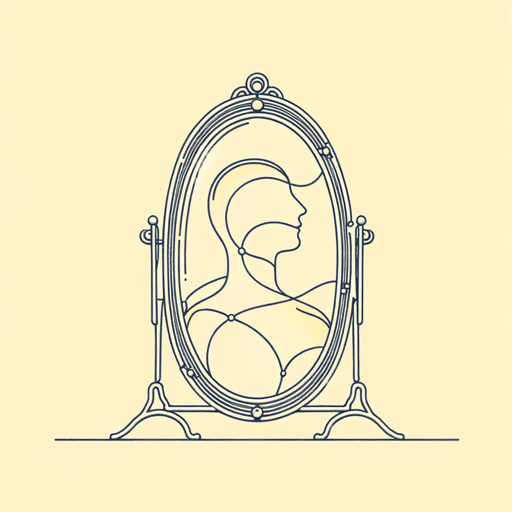47 pages • 1 hour read
V. S. RamachandranThe Tell-Tale Brain
Nonfiction | Book | Adult | Published in 2011A modern alternative to SparkNotes and CliffsNotes, SuperSummary offers high-quality Study Guides with detailed chapter summaries and analysis of major themes, characters, and more.
Chapter 7-EpilogueChapter Summaries & Analyses
Chapter 7 Summary: “Beauty and the Brain: The Emergence of Aesthetics”
In Chapter 7, Ramachandran introduces the concept of aesthetics, documents what is unique to humans, and establishes the nine laws of aesthetics. Ramachandran believes that many principles of aesthetics are universal across species. Art is likely unique to humans. Art involves a deliberate distortion of reality, but this distortion must capture the subject’s essence. Ramachandran uses the Sanskrit word rasa to describe this characteristic of art.
He proposes nine universal laws of aesthetics that artists and fashion designers deploy “to create visually pleasing images that more optimally titillate the visual areas in the brain compared with what he could accomplish using realistic images of real objects” (198-199). These nine laws are: grouping, peak shift, contrast, isolation, peekaboo or perceptual problem solving, abhorrence of coincidences, orderliness, symmetry, and metaphor. Ramachandran emphasizes that his theory is not complete, but it offers researchers the opportunity to begin studying beauty and aesthetics through a scientific lens.
For the remainder of the chapter, Ramachandran explores the first two laws. Discovered over 100 years ago, the law of grouping has two principles. First, objects close to one another, even if they are radically different, form groups.

